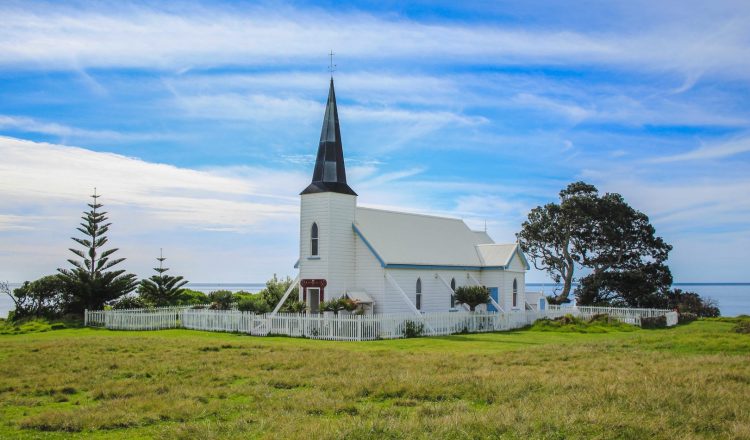人口
奥波蒂基区总部位于丰盛湾,位于新西兰北部。根据 6 月份的人口普查,该地区的人口为 9,720 人,而城市人口为 4,530 人。在总人口中,51% 是女性,49% 是男性。以下是生活在 Opotiki 的不同年龄组的人的细目。
年龄组
| 百分比 | |
|---|---|
| 0-14 年 | 22.3% |
| 15-64 年 | 59.1% |
| 65 岁以上 | 18.6% |
显而易见,Opotiki 的人口均衡,其中大多数是中年人。此外,人口的很大一部分是年轻人生活的,这使该镇成为学生的理想住所。
种族
该镇主要是毛利人居住,占该镇居民的 50%。共同的种族包括:
• 欧洲人(50%)
• 毛利人(63.7%)
• 太平洋人民(3.5%)
• 亚洲人(2.8%)
• 其他(1%)
总体而言,该镇是来自不同族裔的人们的混合体,他们聚集在一起形成和谐的社区。
• 欧洲人(50%)
• 毛利人(63.7%)
• 太平洋人民(3.5%)
• 亚洲人(2.8%)
• 其他(1%)
总体而言,该镇是来自不同族裔的人们的混合体,他们聚集在一起形成和谐的社区。
宗教
总体而言,Opotiki 不是一个非常宗教的小镇,但它有大量的基督徒。总体而言,该镇对大多数宗教的人都具有包容性。
| 宗教 | 百分比 |
|---|---|
| 英国圣公会 | 8% |
| 天主教 | 3.9% |
| 长老会 | 9.3% |
| 其他基督徒 | 15.1% |
| 穆斯林 | 1.5% |
| 佛教徒 | 0.4% |
| 其他宗教 | 38.5% |
| 没有宗教 | 23% |
| 毛利人信仰 | 0.3% |
收入
Opotiki 区的大多数人通过佣金、工资、薪水和奖金谋生。从这里,收入来源清单按流行率顺序列出如下:
• 退伍军人养老
• 自营职业
• 利息、租金或其他投资
• 国内目的福利
• 失业救济金
• 政府福利或付款
• 学生津贴
• 保险公司的付款
至于就业率,43.3% 的人口从事全职工作,14.5% 从事兼职工作。其余 7.3% 的人口失业。
就业人员主要在以下行业工作:
• 农业和林业
• 教育和培训
• 医疗保健
• 零售贸易
• 管理服务
• 制造业
• 施工
• 批发贸易
• 住宿和食品服务
• 艺术和娱乐
• 采矿(很少有人)
• 退伍军人养老
• 自营职业
• 利息、租金或其他投资
• 国内目的福利
• 失业救济金
• 政府福利或付款
• 学生津贴
• 保险公司的付款
至于就业率,43.3% 的人口从事全职工作,14.5% 从事兼职工作。其余 7.3% 的人口失业。
就业人员主要在以下行业工作:
• 农业和林业
• 教育和培训
• 医疗保健
• 零售贸易
• 管理服务
• 制造业
• 施工
• 批发贸易
• 住宿和食品服务
• 艺术和娱乐
• 采矿(很少有人)
天气
Opotiki 位于南纬 38°,属于温带气候。夏季,气温上升到 20 年代中期。因此,该地区拥有蓬勃发展的海滩文化。该地区在冬天大多是无云的,但温度永远不会低于冻结温度,这使得气候适合舒适生活。
教育
在教育方面,Opotiki 有三所小学。这些是:
• 阿什布鲁克学校
• Opotiki 学校
• 兀兰学校
所有学校都是男女同校。
• 阿什布鲁克学校
• Opotiki 学校
• 兀兰学校
所有学校都是男女同校。

















































